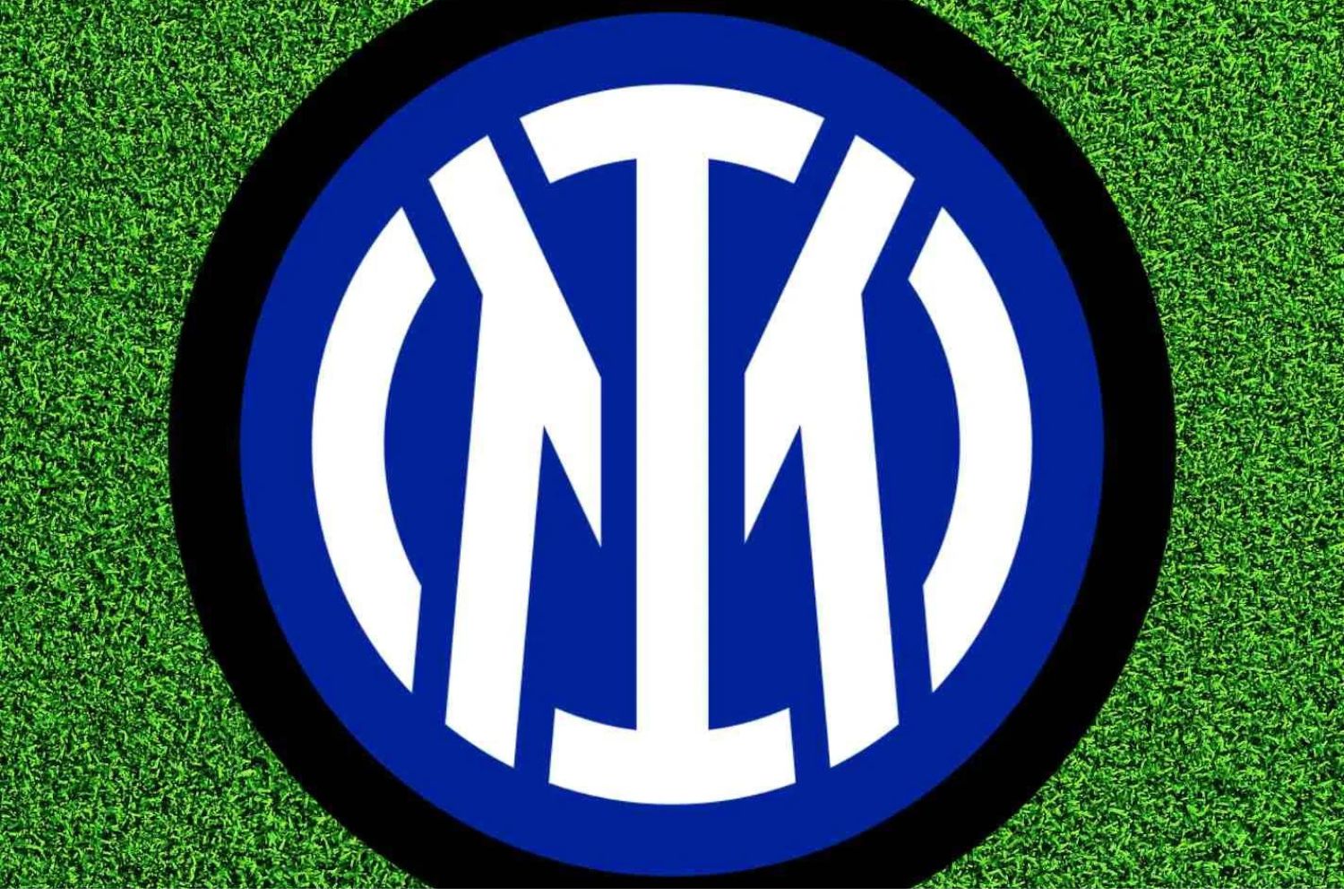At what point does journalism breach ethics and decency?
This is a question that has faced the profession for many years where journalists have gone the extra mile to make sure that the story is covered.
The story of Shani Louk has raised many questions about whether the reporters who covered the October 7 terror attacks in Israel were complicit in the atrocities.
Louk, a 23-year-old German-Israeli tattoo artist, was amongst many festival goers who were abducted by Hamas during the group’s surprise attack on Israel.
Her half-naked and broken body was thrown onto the back of a pickup truck with Hamas militants in the background. They then paraded her around the streets of the Gaza Strip.
Associated Press along with photographer Ali Mahmud were given an award for a picture of Louk on the truck.
The award is a decades-old initiative of the Donald W. Reynolds Journalism Institute at the Missouri School of Journalism in the United States.
This was in the Team Picture Story of the Year category.
The judges say it “recognises the collaborative effort of photography staff covering a single topic or news story”.
But there has been condemnation in some quarters with questions asked as to how it was possible that reporters accompanied Hamas – and did they know before what was going to happen?
But the response from Louk’s father has been surprising to many.
Nissim Louk says the picture of his slain daughter marks an era in history.
He says this is one of the most important photos of the past 50 years and will shape human memory as people will never forget about what happened there.
But what if the reporters knew before about the impending attacks – and did nothing, waiting to cover the events?
Another difficult situation was one involving photographer Kevin Carter.

He released a picture called: “The Vulture and the Little Girl,” depicting a starving child during Sudan’s 1993 famine.
The vulture looked on – as if waiting for the child to die.
The picture was published in The New York Times on March 26, 1993, and the reader reaction was intense.
Many people said that Carter was downright inhumane and that he should have dropped his camera to run to the child’s aid.
The controversy only grew when Kevin Carter won the Pulitzer Prize for the photo.
Carter took his own life a year after taking the picture, with intense debate continuing.
The question remains: are journalists merely holding up a virtual mirror to the world and beaming back an image for all to see?
The media are seen as vital to democracy in that governments are held in check, dictators exposed, and criminals shown to the world.
Without the media, the world would be a different place where the atrocities of Hamas would not be fully exposed – or Sudan’s famine would perhaps remain hidden.
But being a journalist doesn’t mean you are not human and knowing that people would be butchered by Hamas is too much to bear.
It’s a dilemma that a reporter will need to ask him or herself: has a line been crossed and what is my role?
You decide.













